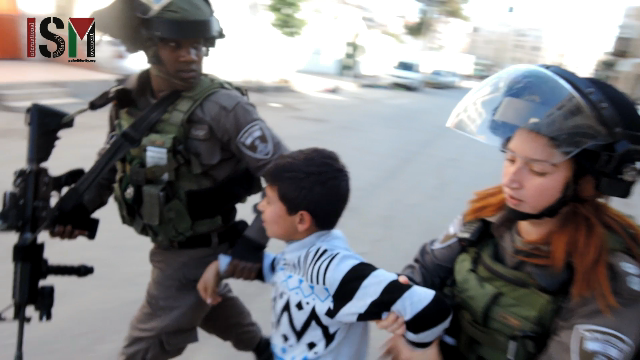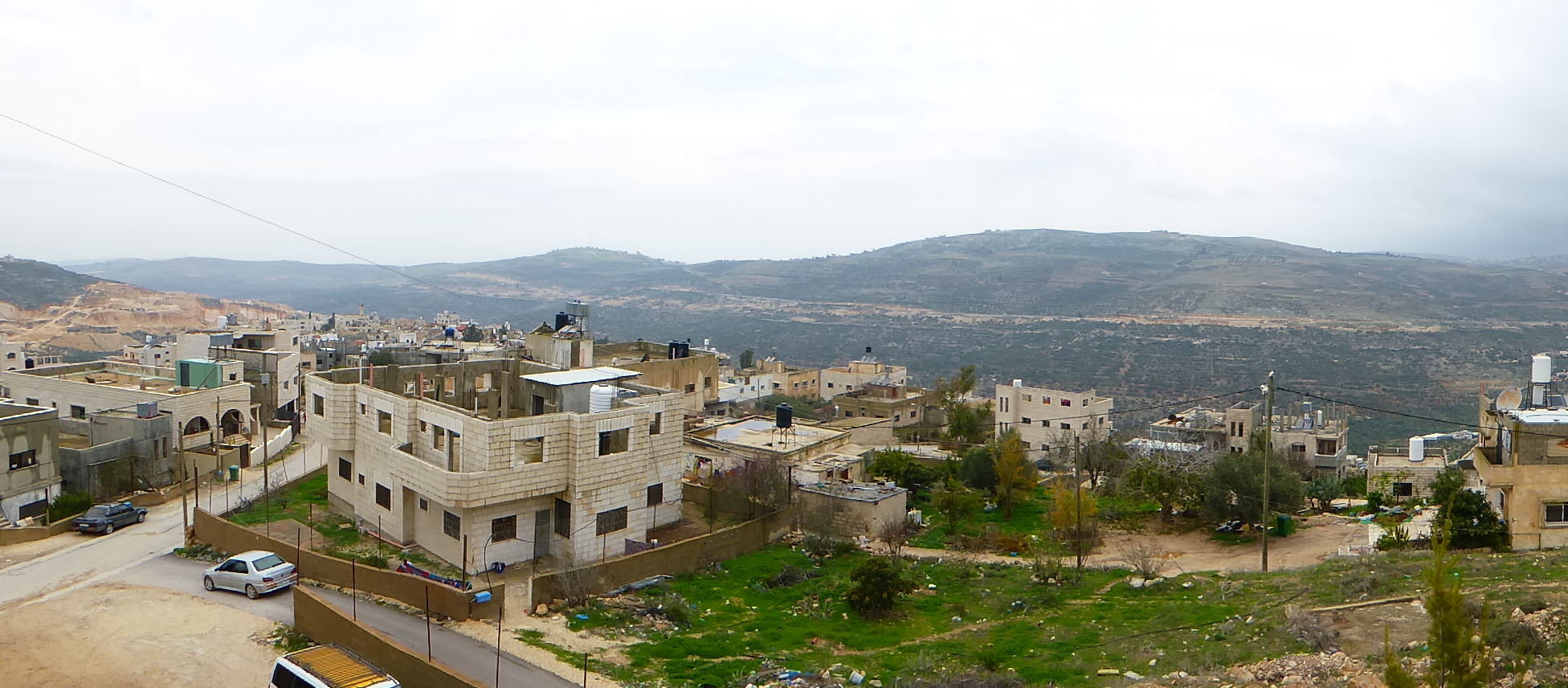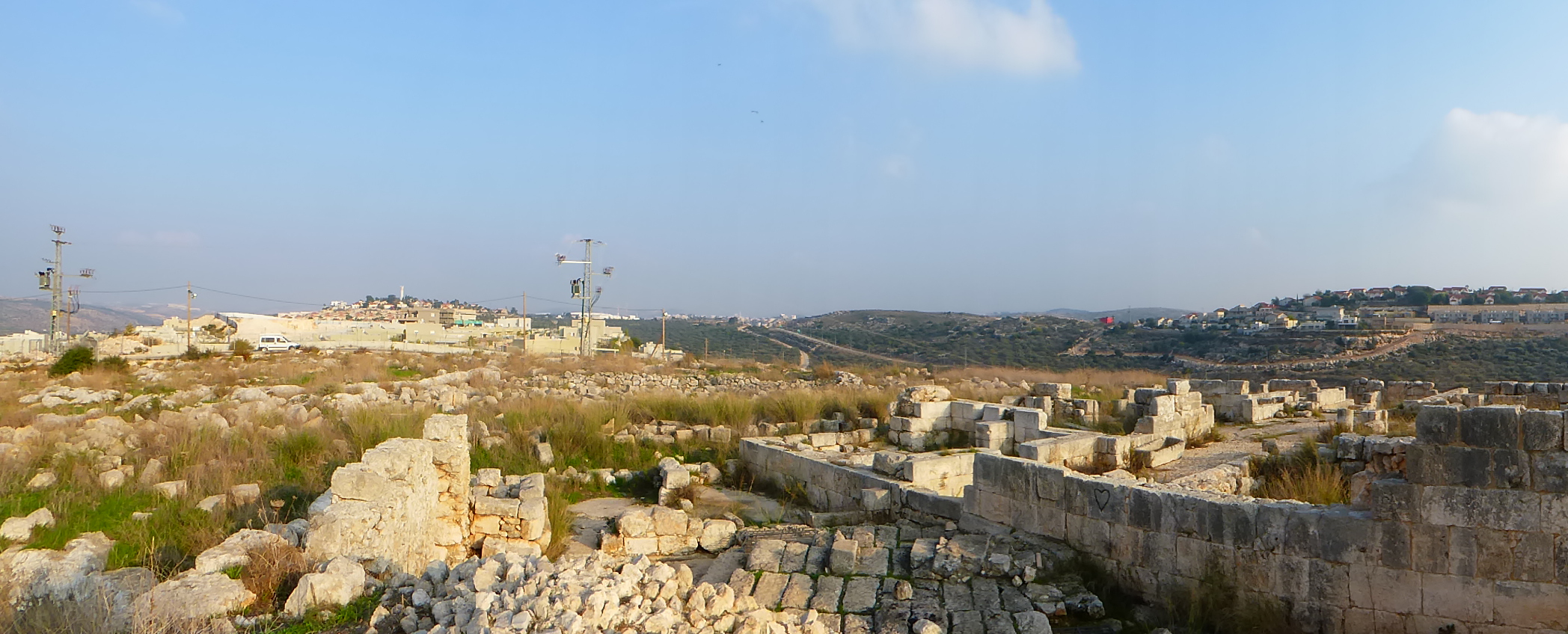Category: Features
-
Child Abductions by Israeli Forces in Hebron, 4-11 Dec 2018
15th December 2018 | International Solidarity Movement, Al-Khalil Team | Hebron, occupied Palestine 7 children were abducted on 3 different days in the Qeitun and Salaymeh neighbourhoods of al Khalil (Hebron) so far in December. ISM activists were present on these 3 occasions and this report contains video footage from all 3 incidents. Location: Qeitun…
-
The slow genocide of Palestinians continues in Asira Al Qibliya
13th December 2018 | International Solidarity Movement, Nablus Team | Asira Al Qibliya, Nablus, occupied Palestine “This is the line,” Oussam Khalifa Ahmad illustrates as he takes us on a tour of his threatened land. “We are now passing into (Area) C.” Depending on where you look, some of the land has already been stolen.…
-
Insidious colonial strategy
7th December 2018 | International Solidarity Movement, Nablus Team | Deir Samaan, Salfit, occupied Palestine In the area of Salfit, harassment by settlers is a regular occurrence. They come to the villages, often late at night, to graffiti messages of hatred, and also vandalize cars and property. New settlements are being established frequently and are…



